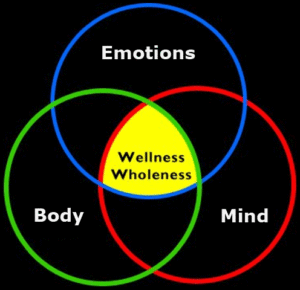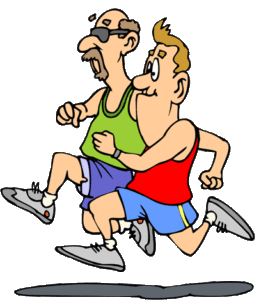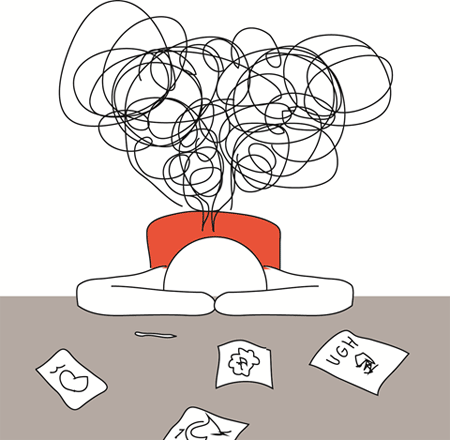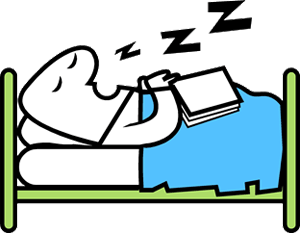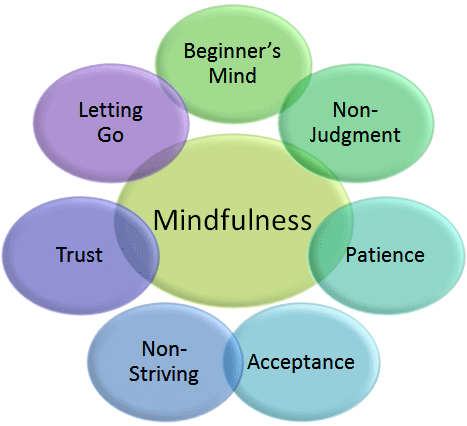I can’t imagine going through the journey of life without having wonderful friends with whom to share it. I’m fortunate to have people in my life around whom I feel seen, heard, and valued. I am comforted in knowing that we give and receive without judgment, expectations, or scorekeeping. Their love and support is a source of sustenance, and I trust that mine is nurturing for them. I’m especially blessed to have married a man who is as great a friend as he is a life partner.
Good friends make me feel good. But until recently, I didn’t realize the extent to which they are as much a contributor to my health as my happiness.
In The Healing Self, Drs. Deepak Chopra and Rudolph Tanzi tell us that the heart is responsive to how we feel physically and emotionally. Being loved and supported by others results in lower arterial blockage. It also affects the immune system. As a case in point, they ask their readers to assign one point to each relationship in which there is direct contact (face-to-face or phone) at least every other week. Those whose scores fall within the 1-3 range are four times more likely to exhibit cold symptoms than those with six or more. Moreover, the number and diversity of relationships exert greater influence on health than their intimacy.
In Mind Over Medicine, Dr. Lissa Rankin emphasizes the importance of having healthy, judgment-free relationships that give us the freedom to be our authentic selves. Love, nurturing, compassion, and feelings of belonging soothe the mind, halt the stress response, induce the relaxation response, and heal the body. They also bring out our best selves while elevating our moods.
Studies show that positive psychological states, such as joy, happiness, and positive energy, as well as characteristics such as life satisfaction, hopefulness, optimism, and a sense of humor result in lower mortality rates and extend longevity.
– Dr. Lissa Rankin, MD
Friendship also exerts an influence at the cellular level. Drs. Elizabeth Blackburn and Elissa Epel explore this connection in The Telomere Effect. Telomeres are a repeating segment of noncoding DNA that live at the ends of our chromosomes. Much like the plastic or metal aglets placed on the ends of shoelaces, telomeres keep our DNA strands intact. It turns out that good friends are like trusted guardians of these essential genetic building blocks. When they’re around, our telomeres are protected. By contrast, unhealthy relationships are a telomere risk factor. Situations that consistently mix positive qualities with unhelpful or disturbing interactions engender a kind of stress that produces shorter telomeres. When telomeres become critically short, our cells can no longer reproduce.
Finally, I recall a discussion with my father’s neurologist when Dad first exhibited signs of geriatric dementia. The doctor told us that four things were essential to maintaining one’s mental faculties for as long as possible. The first three were not surprising: a healthy diet, regular exercise, and adequate sleep. The fourth was socialization. While sudoku and crossword puzzles are fine diversions, they can’t compete with sustained, positive contact with other human beings. The more we engage with others, the more we exercise our brains and the better we feel.



